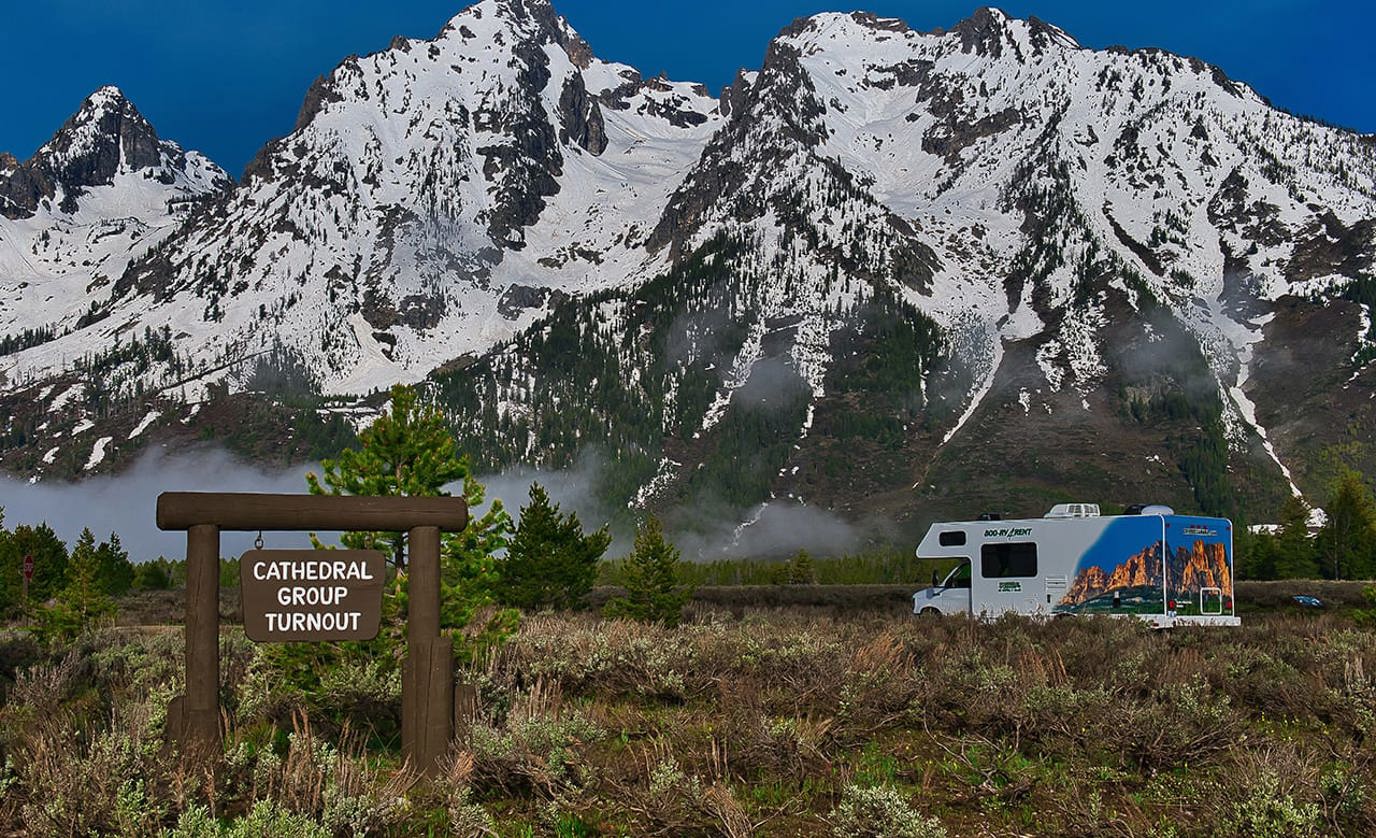
How to Winterize Your RV
ShareMove over summer, winter is the new prime time for travel. More and more people are enjoying the perks of cold weather camping in their RV rental and heading out for winter vacations and road trips.
Depending on where your RV adventure takes you, low temperatures may necessitate a little extra preparation, but freeze issues are rare and should not detour you from offseason excursions.
Cruise America has rounded up some helpful tips – especially useful for those who own their own RV – to ensure your winter on the road is smooth sailing.
What is Winterization?
Between mid-October to March, Cruise America RVs are “dry” winterized in cold weather regions where temperatures reach, or drop below, freezing. Stored motorhomes should also be properly prepared and winterized during winter months.
In a nutshell, the process removes all water from the vehicle to prevent freeze damage in the pipes and tanks. Yes, that means you can’t use the sink or restroom, but fear not! Simply choose a campground with built-in facilities and you’ll be good to go.
You also have the option to have the RV updated to the “wet method” of winterization. This introduces nontoxic antifreeze into the equation to maintain use of the toilet. Because of the antifreeze, sinks and showers will remain out of commission during your trip.

Tips for Cold Weather Camping
Cruise America RVs, and most used RVs for sale, come standard with heaters that can go a long way in keeping you warm and fending off freeze concerns. Here are a few additional tips to keep you, and your rig, cozy during winter camp excursions.
- Select a campsite with power hookup. The water heater and furnace should be on at all times and a minimum 15-amp external power connection is required to operate these systems for extended periods.
- Ensure you have a sufficient supply of propane on hand. The propane is used to heat the furnace while the auxiliary power controls the unit that blows/circulates the warm air.
- A rolling RV gathers no ice. Do not let the motorhome sit for more than 12 hours – idle the engine or drive the motorhome a short distance at least every 12 hours until normal operating temperatures are reached.
- Watch the weather. Snow chains are not permitted so be sure to steer clear of icy roads and snowy conditions to stay safe while traveling.
For more tips, check out our top picks for must-have cold weather camping gear. Then, pack up and get ready to enjoy beautiful winter landscapes and relaxing getaways.





